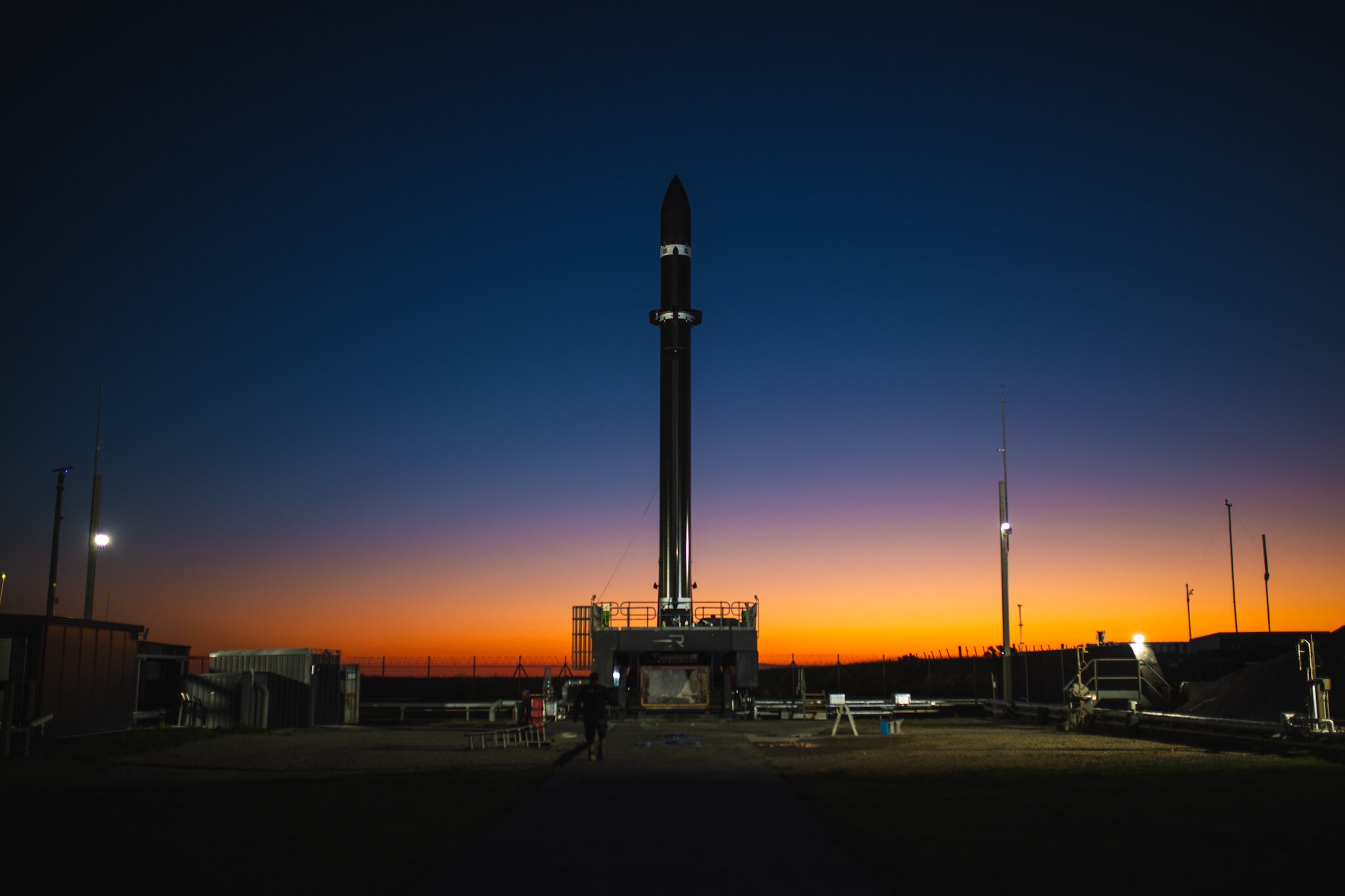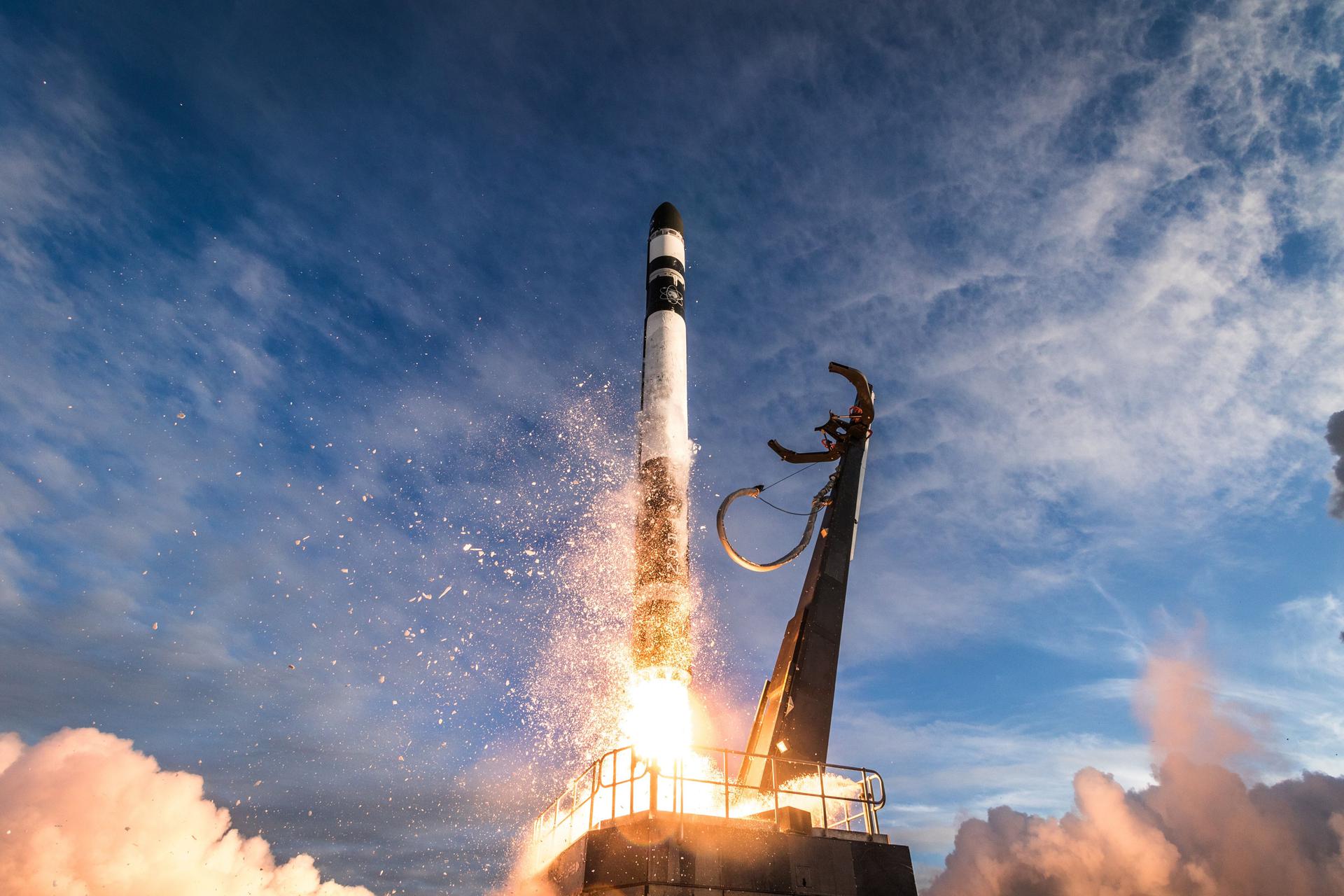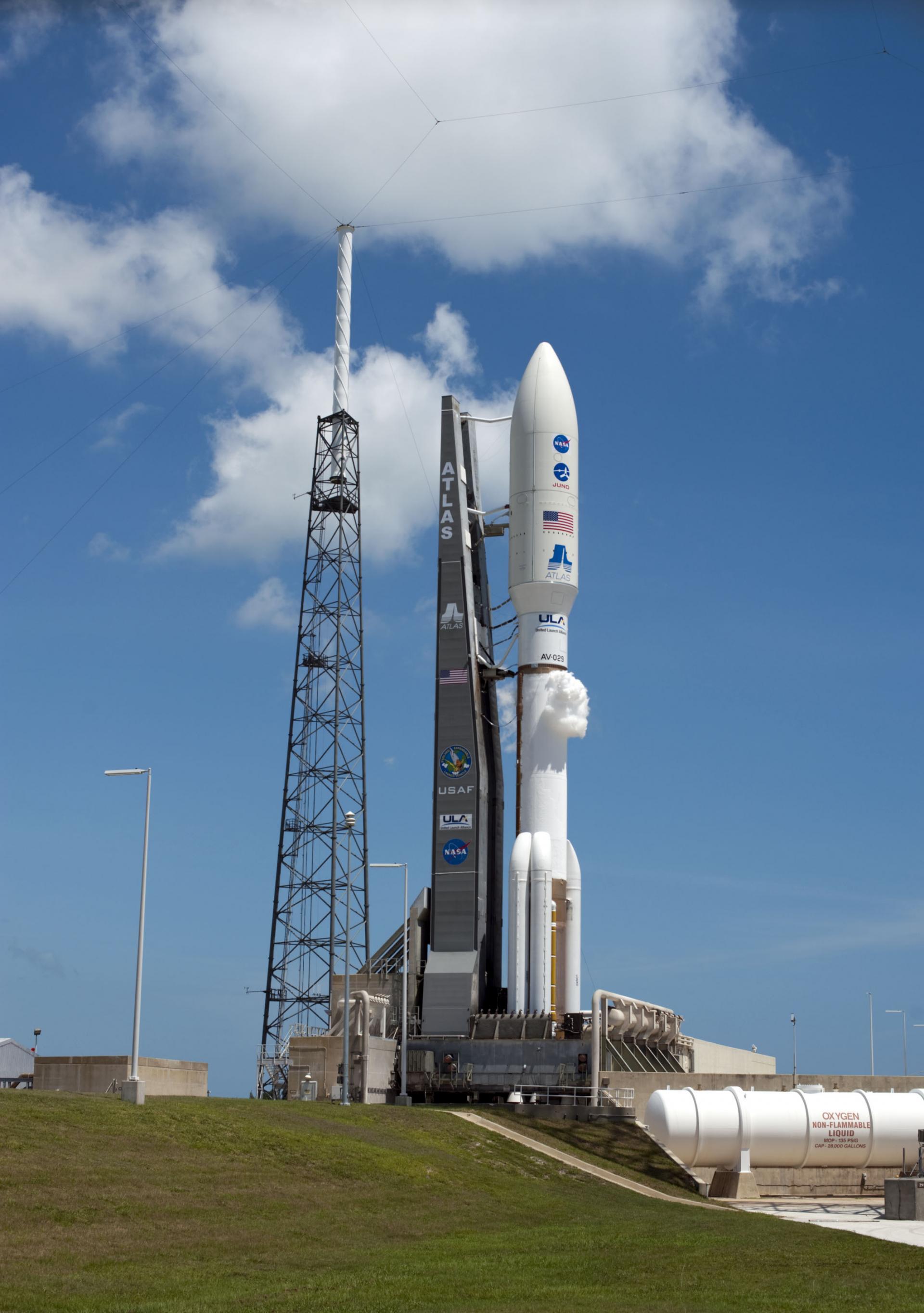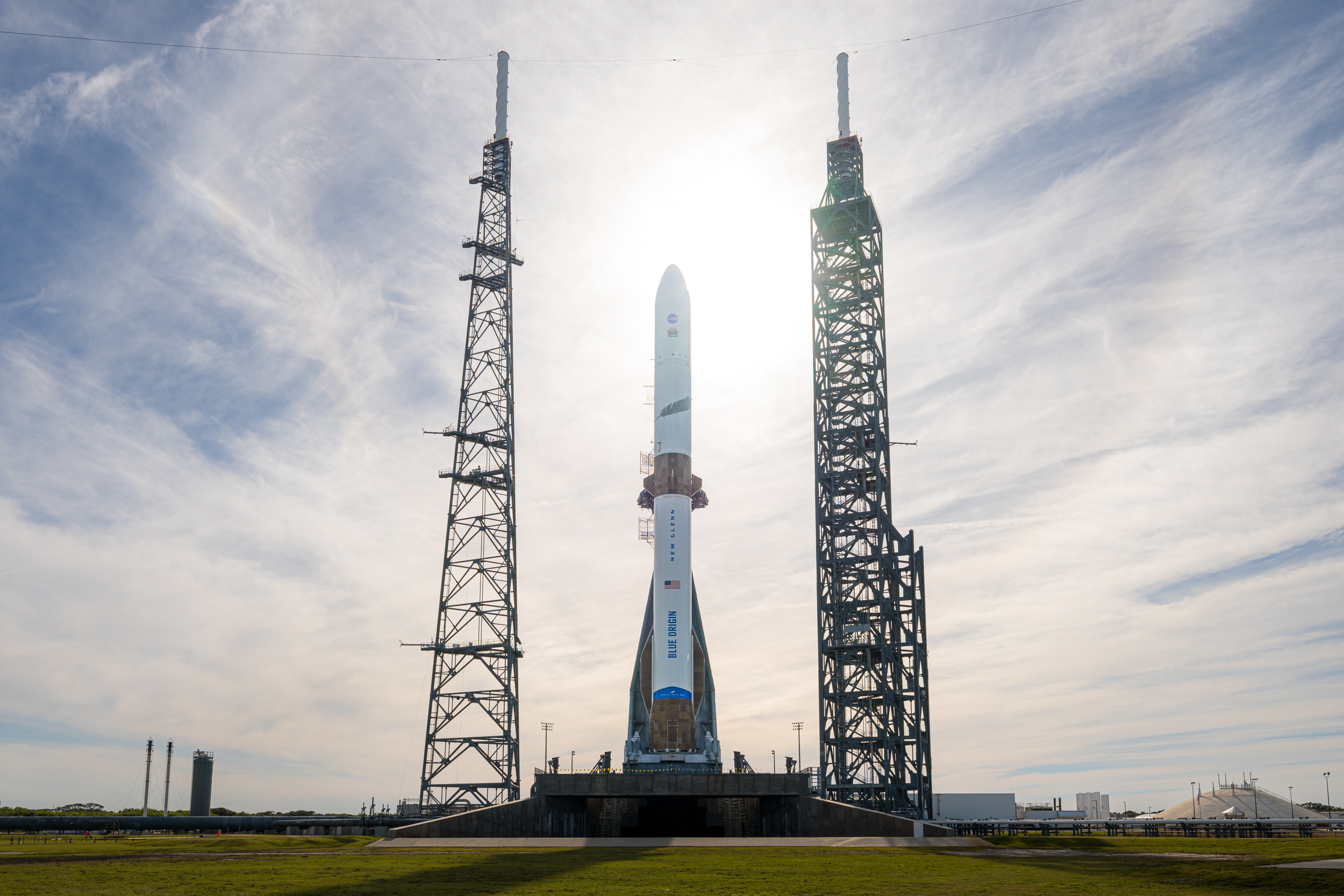Previous Spaceflight Launches
Filter by Agency, Locations or Vehicles
Show All LaunchesElectron | Follow My Speed (BlackSky Gen-3 3)
Rocket Lab | United States of AmericaRocket Lab Launch Complex 1, Mahia Peninsula, New Zealand
Nov. 20, 2025, 12:43 p.m.
Long March 2C | Shijian 30 A-C
China Aerospace Science and Technology Corporation | ChinaJiuquan Satellite Launch Center, People's Republic of China
Nov. 19, 2025, 4:01 a.m.
Falcon 9 Block 5 | Starlink Group 6-94
SpaceX | United States of AmericaCape Canaveral SFS, FL, USA
Nov. 19, 2025, 12:12 a.m.
HASTE | Prometheus Run (VAN)
Rocket Lab | United States of AmericaWallops Flight Facility, Virginia, USA
Nov. 18, 2025, 1 p.m.
Status: Launch Successful
Mission:
Sub-orbital launch under Rocket Lab’s Hypersonic Accelerator Suborbital Test Electron (HASTE) program. This mission was lead by MDA and deployed a government-provided primary payload developed by the John Hopkins University Applied Physics Laboratory (JHUAPL), and multiple secondary payloads by federal and industry partners, which tested key technologies for missile defense applications. The mission was contracted to Rocket Lab through the DIU’s Hypersonic and High-Cadence Airborne Testing Capabilities (HyCAT) program, an initiative supporting test and evaluation of new and emerging hypersonic technologies through low cost, responsive and long endurance flight testing.
SuborbitalFalcon 9 Block 5 | Sentinel-6B
SpaceX | United States of AmericaVandenberg SFB, CA, USA
Nov. 17, 2025, 5:21 a.m.
Status: Launch Successful
Mission:
The Sentinel-6 Michael Freilich (launched November 2020) and Sentinel-6B make up the Sentinel-6 mission, also known as Jason Continuity of Service (Jason-CS), which is a partnership between NASA, NOAA, ESA, and EUMETSAT. This mission continues the long-term global sea surface height data record begun by first Jason satellites in 1992.
Low Earth Orbit B1097 - Flight Proven ( ) Landing Zone 4Falcon 9 Block 5 | Starlink Group 6-85
SpaceX | United States of AmericaCape Canaveral SFS, FL, USA
Nov. 15, 2025, 6:44 a.m.
Falcon 9 Block 5 | Starlink Group 6-89
SpaceX | United States of AmericaKennedy Space Center, FL, USA
Nov. 15, 2025, 3:08 a.m.
Atlas V 551 | ViaSat-3 F2 (ViaSat-3 EMEA)
United Launch Alliance | United States of AmericaCape Canaveral SFS, FL, USA
Nov. 14, 2025, 3:04 a.m.
Status: Launch Successful
Mission:
The ViaSat-3 is a series of three Ka-band satellites is expected to provide vastly superior capabilities in terms of service speed and flexibility for a satellite platform. Each ViaSat-3 class satellite is expected to deliver more than 1-Terabit per second of network capacity, and to leverage high levels of flexibility to dynamically direct capacity to where customers are located.
Geostationary Transfer OrbitNew Glenn | EscaPADE
Blue Origin | United States of AmericaCape Canaveral SFS, FL, USA
Nov. 13, 2025, 8:55 p.m.
Status: Launch Successful
Mission:
Second flight of Blue Origin's New Glenn launch vehicle carrying the Escape and Plasma Acceleration and Dynamics Explorers (EscaPADE), a dual-spacecraft mission from University of California, Berkeley to study ion and sputtered escape from Mars. The spacecrafts' scientific goals are to understand the processes controlling the structure of Mars' hybrid magnetosphere and how it guides ion flows; understand how energy and momentum are transported from the solar wind through Mars' magnetosphere; and understand the processes controlling the flow of energy and matter into and out of the collisional atmosphere.
Mars Orbit GS1-SN002 - Maiden Flight JacklynFalcon 9 Block 5 | Starlink Group 6-87
SpaceX | United States of AmericaCape Canaveral SFS, FL, USA
Nov. 11, 2025, 3:21 a.m.








